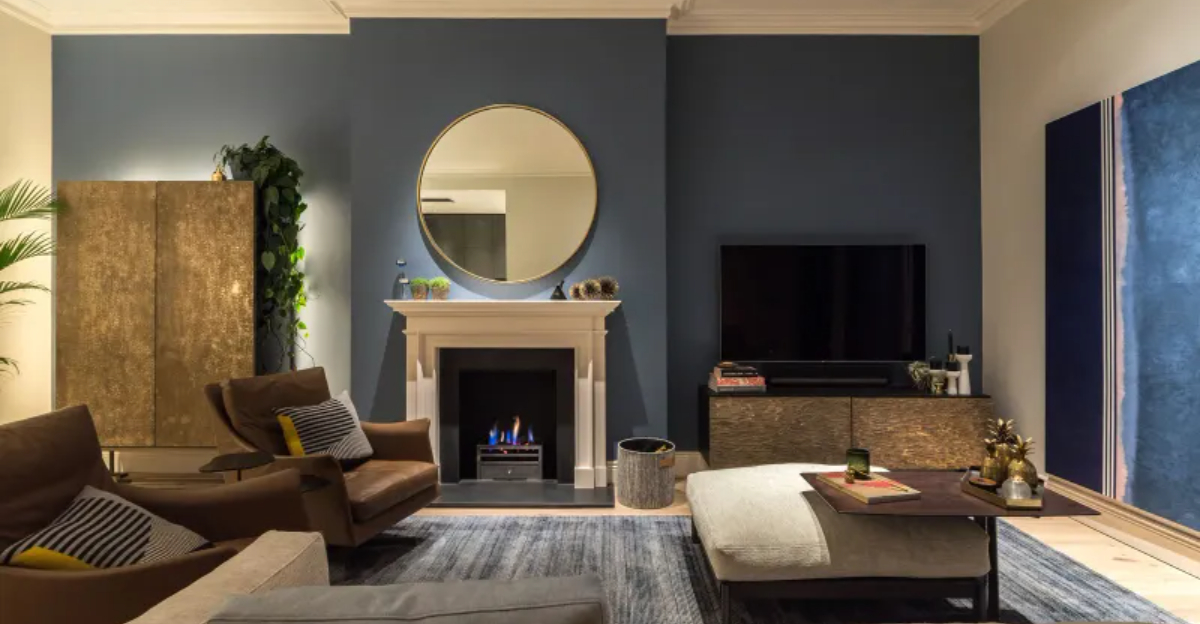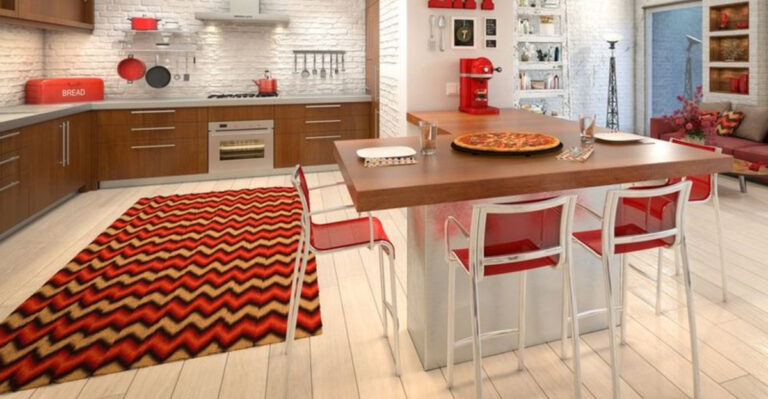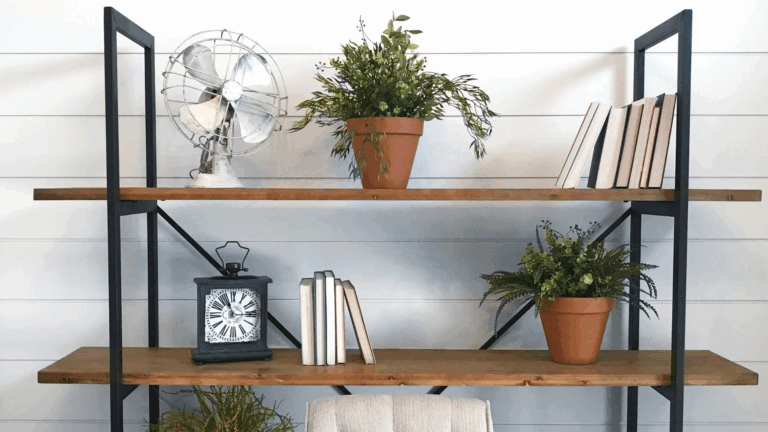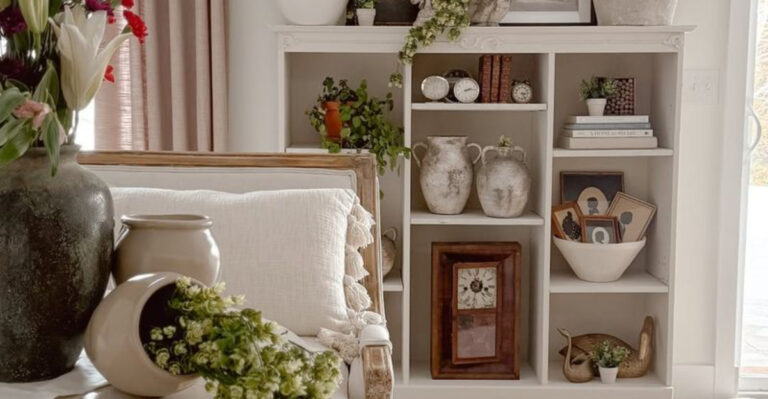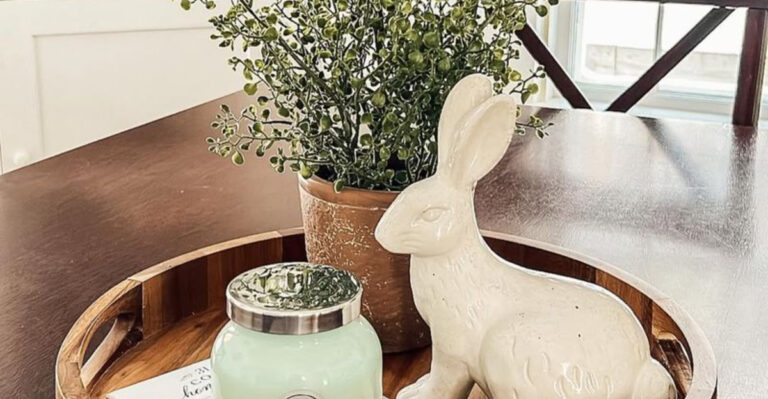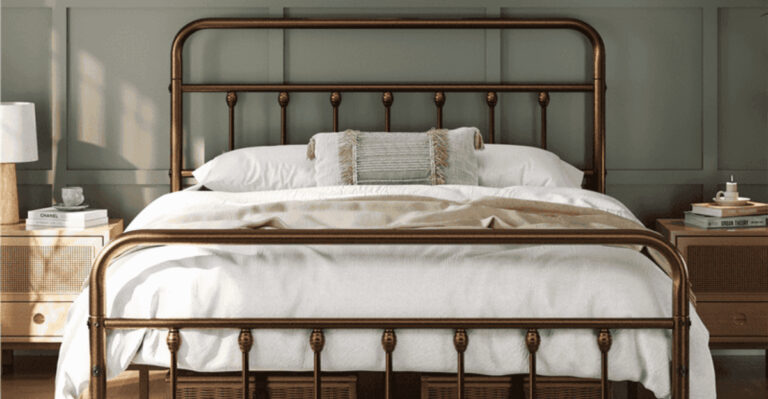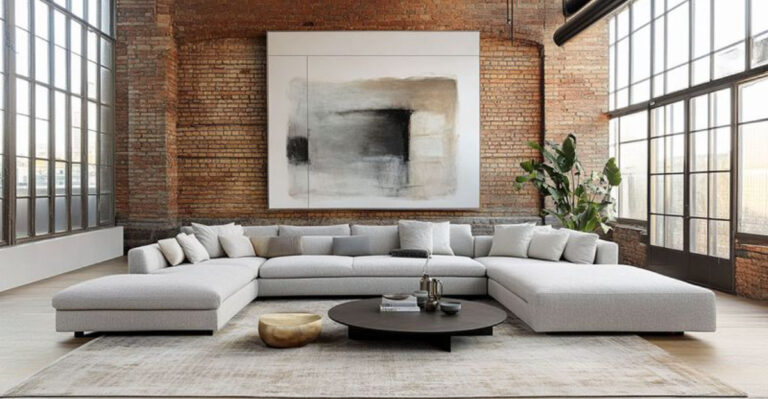17 Common Decor Dilemmas And How to Easily Address Them
We’ve all been there—staring at that awkward corner or wondering why our carefully chosen decor just doesn’t look right. Home decorating can feel like a puzzle with missing pieces sometimes.
Whether you’re struggling with an oddly shaped room or can’t figure out why your living space feels off, there’s usually a simple fix that doesn’t require a complete renovation or design degree.
1. The Dreaded Blank Wall
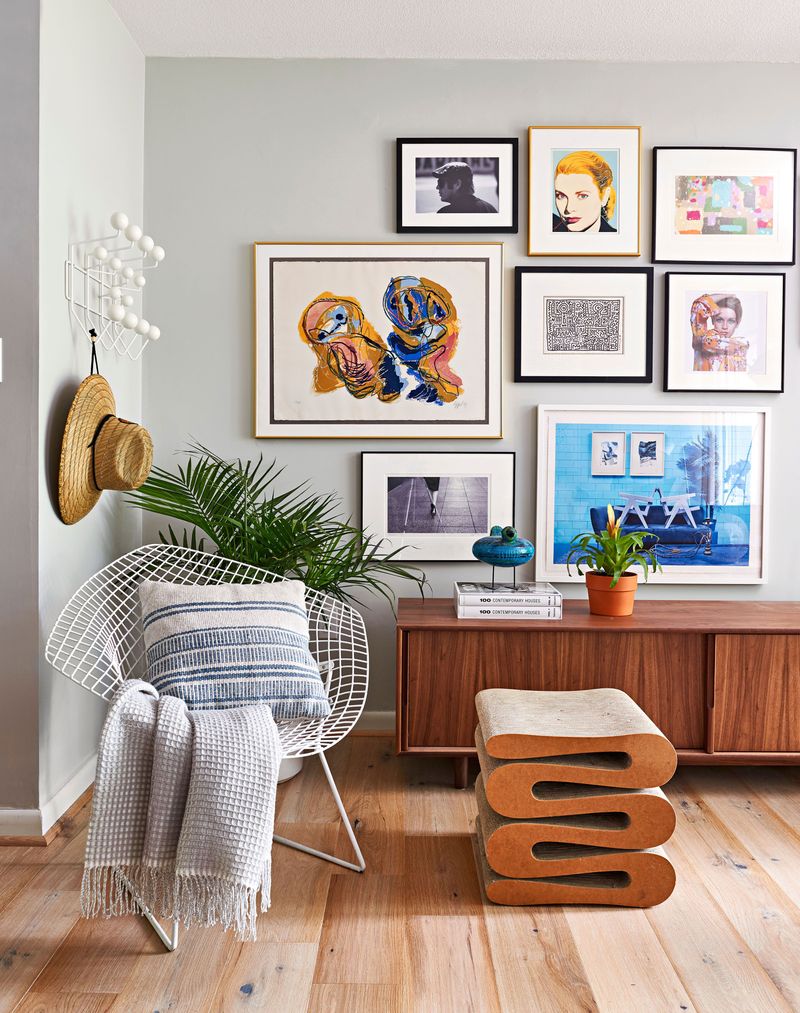
That vast expanse of emptiness mocks you daily. Don’t panic! Create a gallery wall with framed photos, art prints, or even pretty fabric swatches.
Mix sizes and orientations for visual interest. The secret? Arrange everything on the floor first before hammering a single nail. Your once-boring wall will transform into a personalized statement that tells your story.
2. Awkward Room Layout
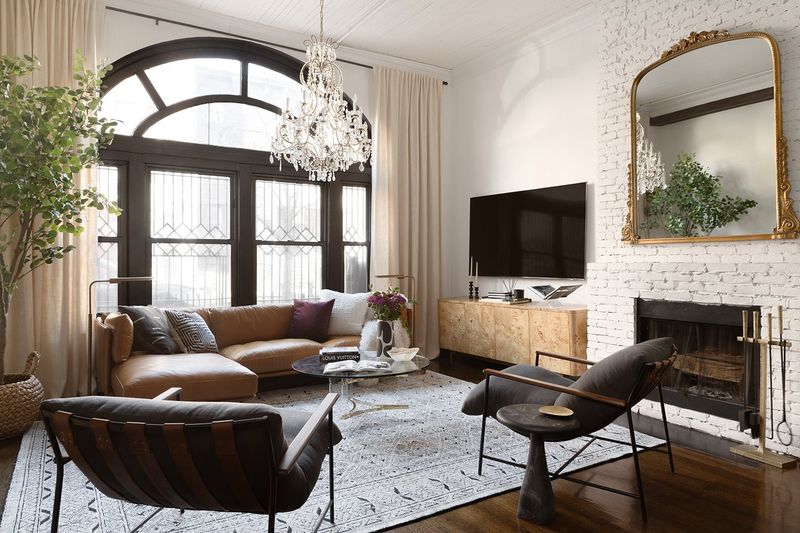
Your furniture hugs the walls while the middle of the room sits empty like a dance floor nobody uses. Pull those pieces away from the walls!
Create conversation areas by floating furniture in the center. A room feels more intimate and functional when seating faces each other. Add a rug to anchor the arrangement and—voilà—you’ve created a space that actually invites people in.
3. Too-Small Area Rug

That postage stamp you call a rug is making your entire room look miniature. Size matters here! Your rug should be large enough for all furniture legs to sit on it (or at least the front legs).
For dining rooms, ensure chairs remain on the rug when pulled out. A properly sized rug grounds the space and visually expands it. Remember: when in doubt, go bigger—it’s the underrated hero of room transformation.
4. Mismatched Wood Tones
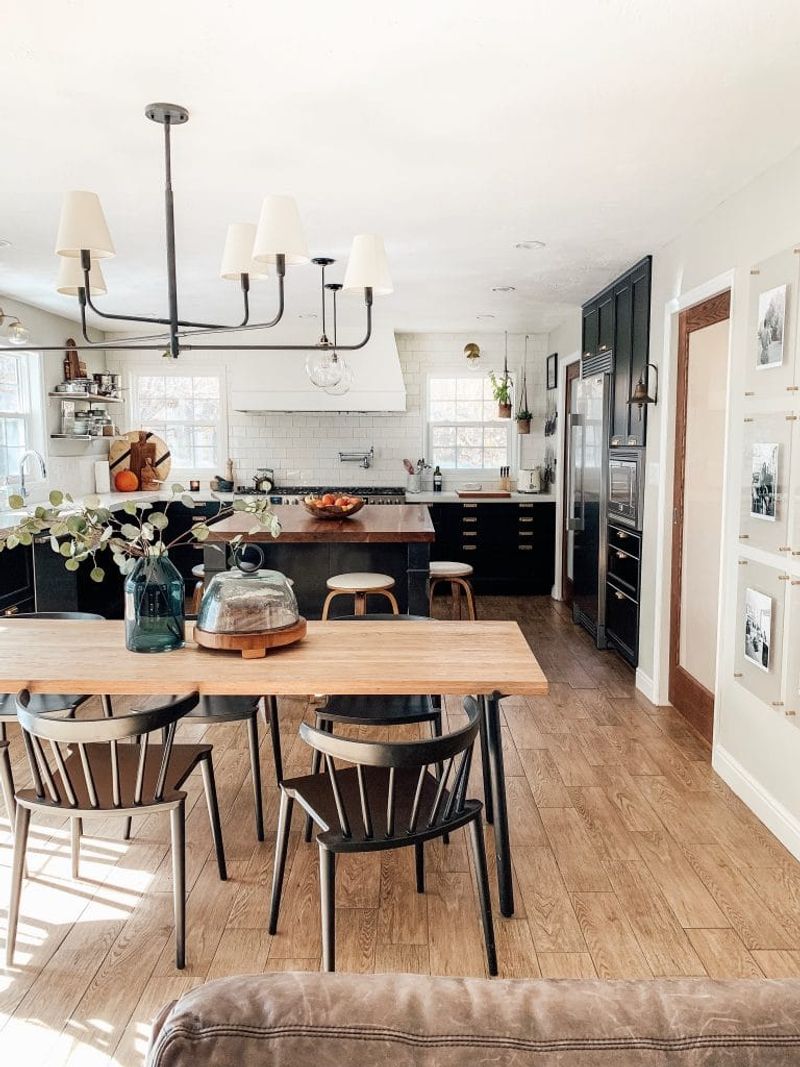
Your cherry table, oak floors, and walnut bookcase are having a wood tone party where nobody’s talking to each other. Stop trying to match everything perfectly!
Intentionally mix 2-3 different wood tones instead. The trick is adding a unifying element—perhaps metal accents or fabric pieces that incorporate all the wood colors. Suddenly those mismatched pieces look curated rather than collected by accident.
5. The TV Focal Point Tragedy
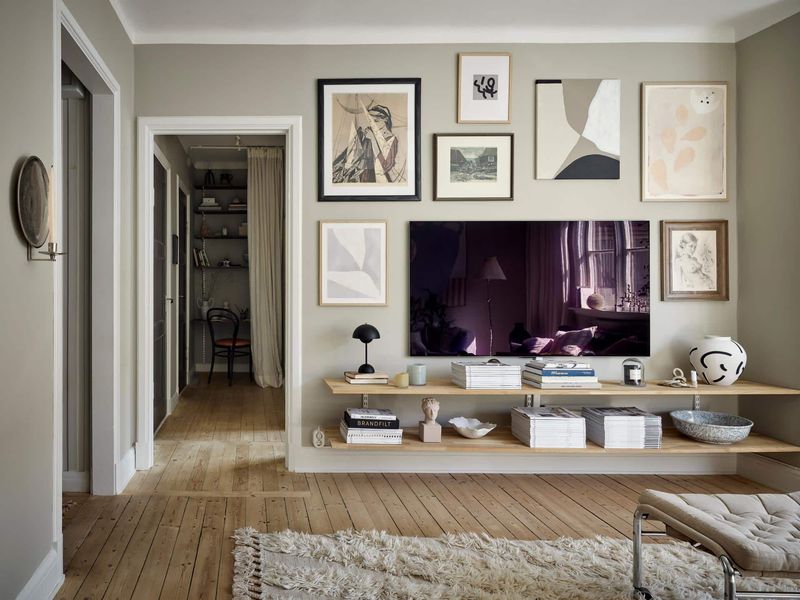
Your living room worship altar is a massive black screen. Let’s fix that eyesore! Mount the TV on the wall and create a gallery around it with art, photos, or floating shelves.
Or place it inside a cabinet or media center with other decorative items nearby. Balance is key—let the TV exist without dominating. Your space will feel less like an electronics store and more like a thoughtful living area.
6. Lighting That Feels Off
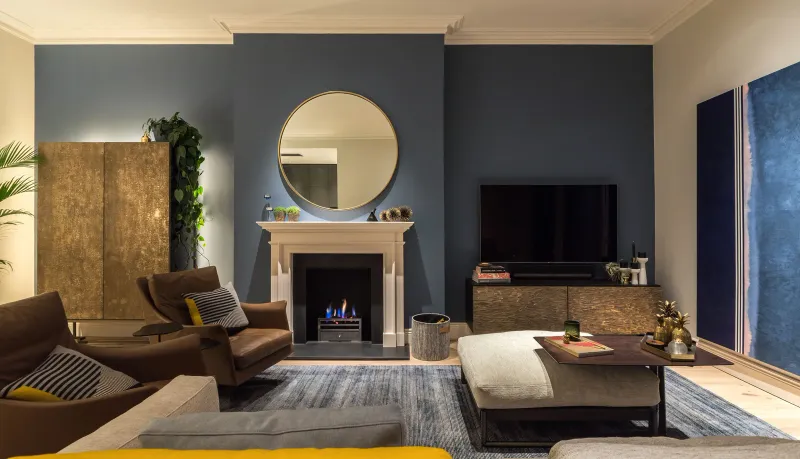
One overhead light making everyone look like they’re in a police interrogation? Layer your lighting instead! Every room needs three types: ambient (general), task (functional), and accent (decorative).
Add table lamps, floor lamps, or wall sconces at different heights. Warm bulbs (2700-3000K) create that cozy glow. Proper lighting transforms a harsh space into a warm haven where people actually want to linger.
7. The Sofa Against The Wall Syndrome
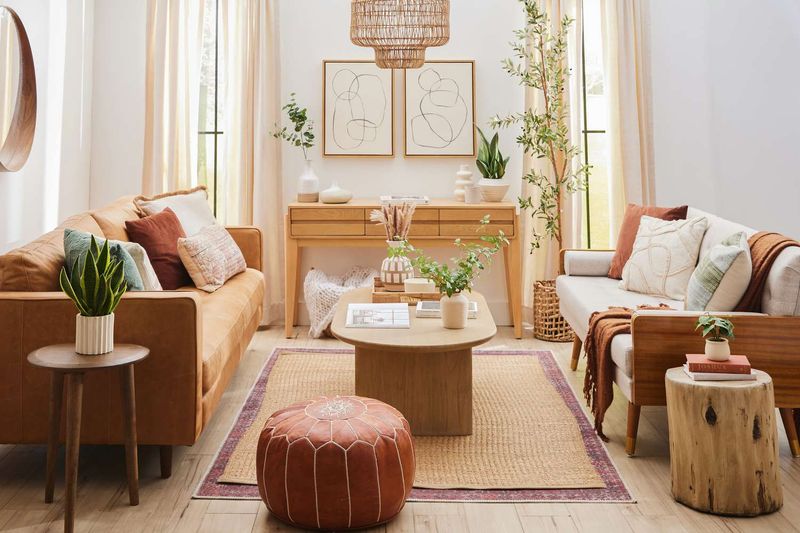
Not every sofa needs to be plastered against a wall like it’s hiding from something. Try floating your sofa in larger rooms with a console table behind it.
This creates movement pathways and conversation areas that actually work. A floating sofa can divide an open floor plan into distinct zones. Sometimes the simplest furniture shift completely transforms how a space functions and feels.
8. Cluttered Open Shelving
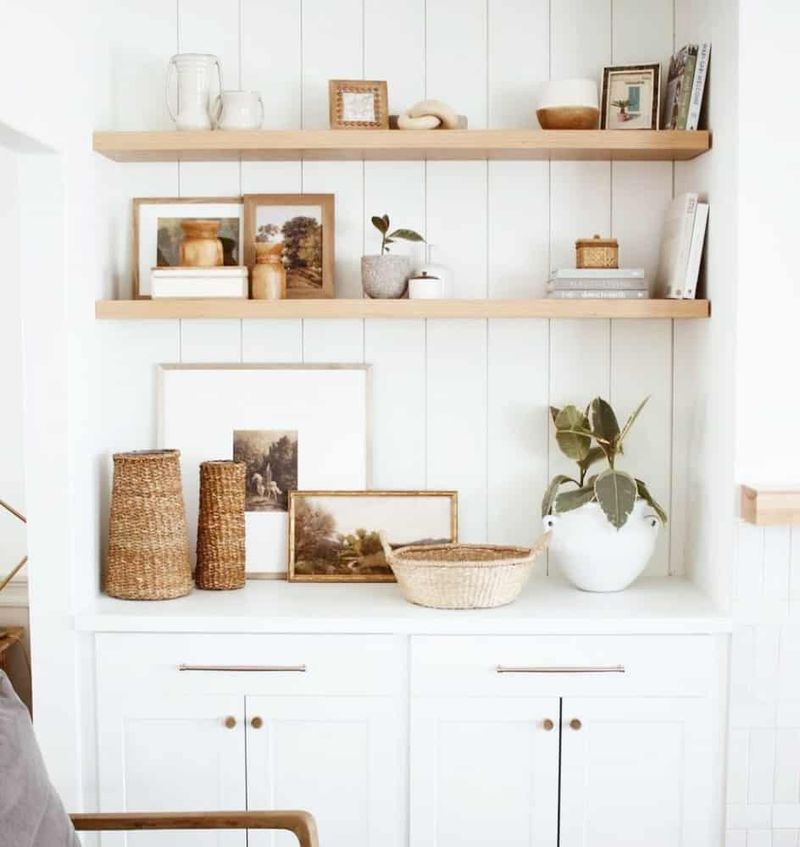
Those Pinterest-worthy open shelves look more like a yard sale display in your home. The fix? Edit ruthlessly. Display only items with meaning or beauty—and give them breathing room.
Group similar objects, vary heights, and include some negative space. The magic formula: books + plants + personal items + decorative objects. Your shelves will transform from chaotic to curated faster than you can say “minimalism.”
9. The Matching Furniture Set Mistake
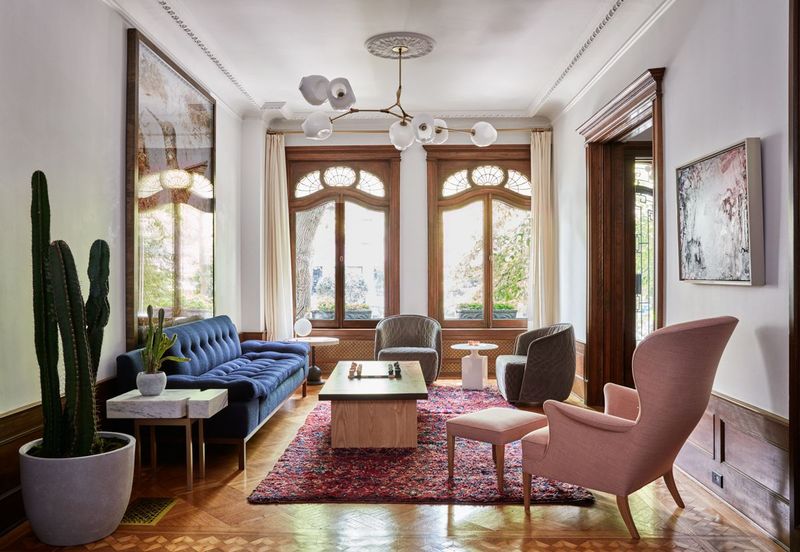
That identical sofa-loveseat-chair combo screams “I bought everything on the same day!” Break up the band! Sell or reupholster one piece in a complementary fabric.
Mix in different side tables or a distinctive coffee table. Coordinated looks good, but matching looks boring. Think of your room as a collection of thoughtfully chosen pieces rather than a furniture showroom display that arrived in one delivery truck.
10. Too-High Art Placement
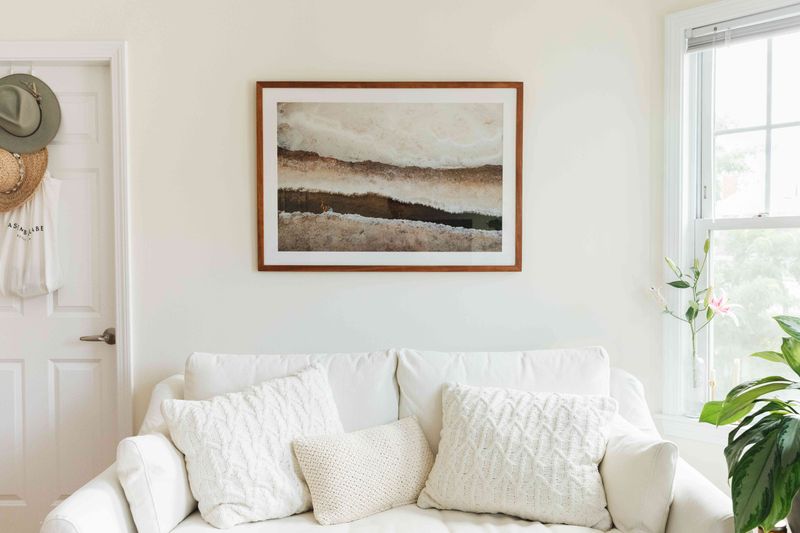
Why is your art having a staring contest with the ceiling? Artwork should hang at eye level—typically with the center at 57-60 inches from the floor (standard gallery height).
For groupings, treat the entire collection as one piece. When hanging art above furniture, position it 4-8 inches above the piece, not floating in space. Your neck will thank you, and your room will suddenly look more professionally designed.
11. The Empty Awkward Corner
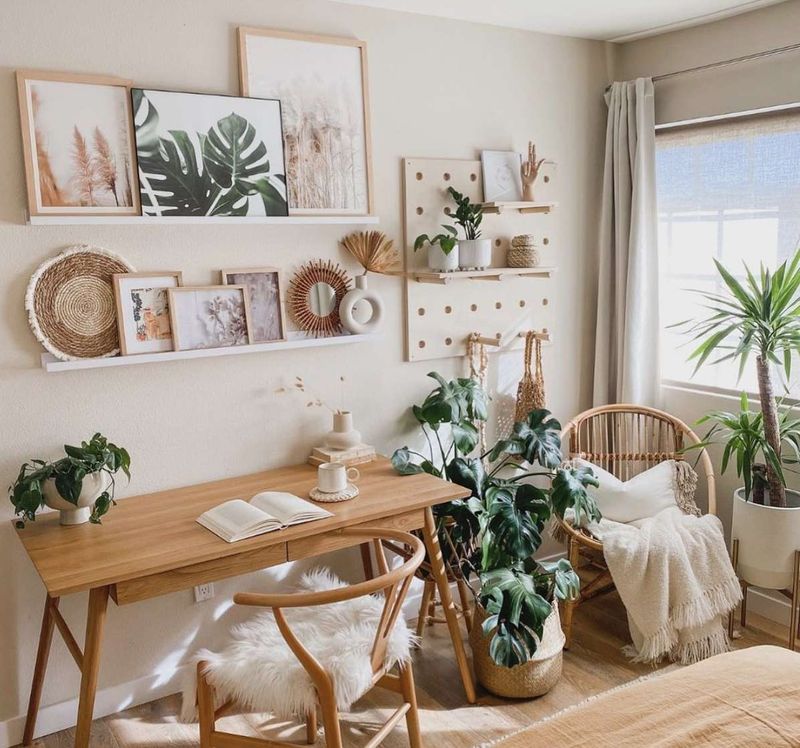
That dead corner is where style goes to die. Breathe life into it! Add a tall plant, floor lamp, or small accent table with a stack of books.
Corner shelving or a cozy reading nook with a chair works wonders too. Even a decorative ladder with throws can transform dead space into a design feature. Those neglected corners often offer the perfect opportunity to add personality without major renovations.
12. Curtains Hung Too Low
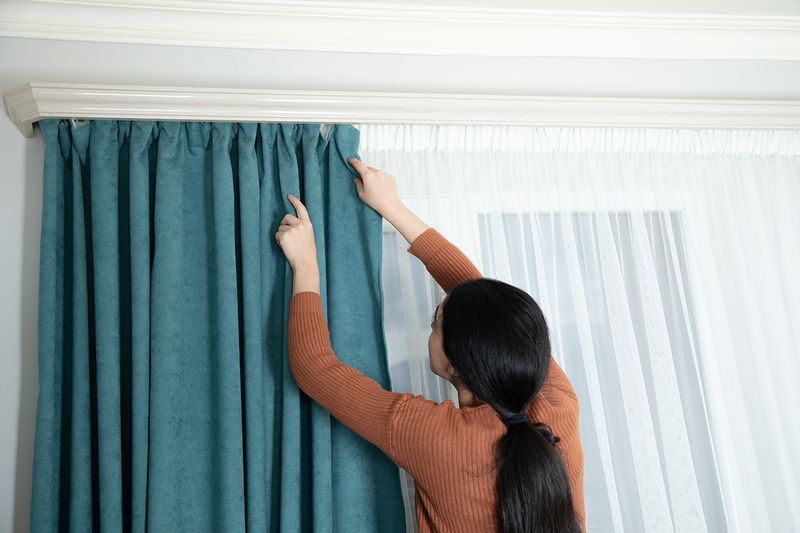
Short curtains chopping your windows at the knees? Mount curtain rods 4-6 inches above window frames and extend 8-12 inches beyond each side.
Let panels reach the floor—barely touching or with a slight “break.” This simple adjustment makes ceilings appear higher and windows larger. It’s the easiest room transformation that costs nothing but a screwdriver and 20 minutes of your time.
13. Uncomfortable Dining Chairs
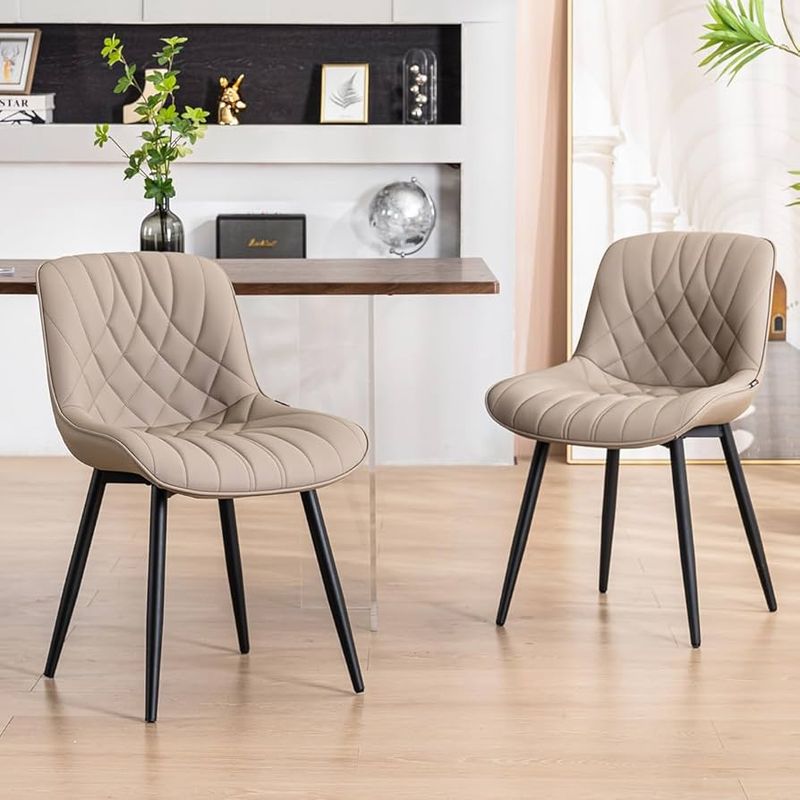
Those Instagram-worthy dining chairs feel like medieval torture devices during dinner parties. Style shouldn’t make guests squirm! Add seat cushions or slipcovers to hard chairs.
Consider replacing some side chairs with a comfy upholstered bench. Mix chair styles but keep one element consistent—height, color, or material. Comfortable guests linger longer, making your dinner parties memorable for the conversation, not the backaches.
14. The Pillow Overload Problem
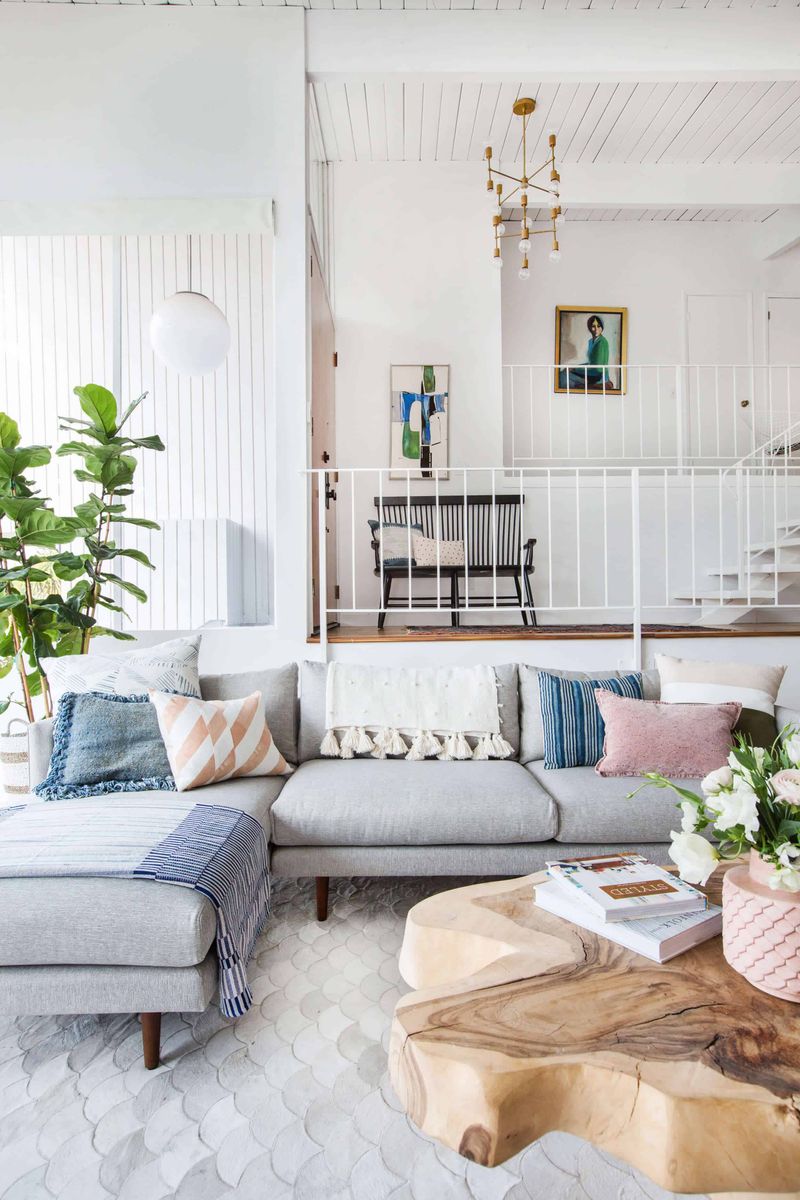
Your couch has disappeared under an avalanche of decorative pillows. Quality beats quantity! Stick to 2-5 pillows per sofa, varying sizes but with a cohesive color story.
Try the karate chop—indenting the top of each pillow—for that designer look. And please, ditch the matched sets! Mix patterns while keeping a consistent color palette. Your sofa will look intentional rather than like a pillow display rack.
15. Kitchen Counter Clutter
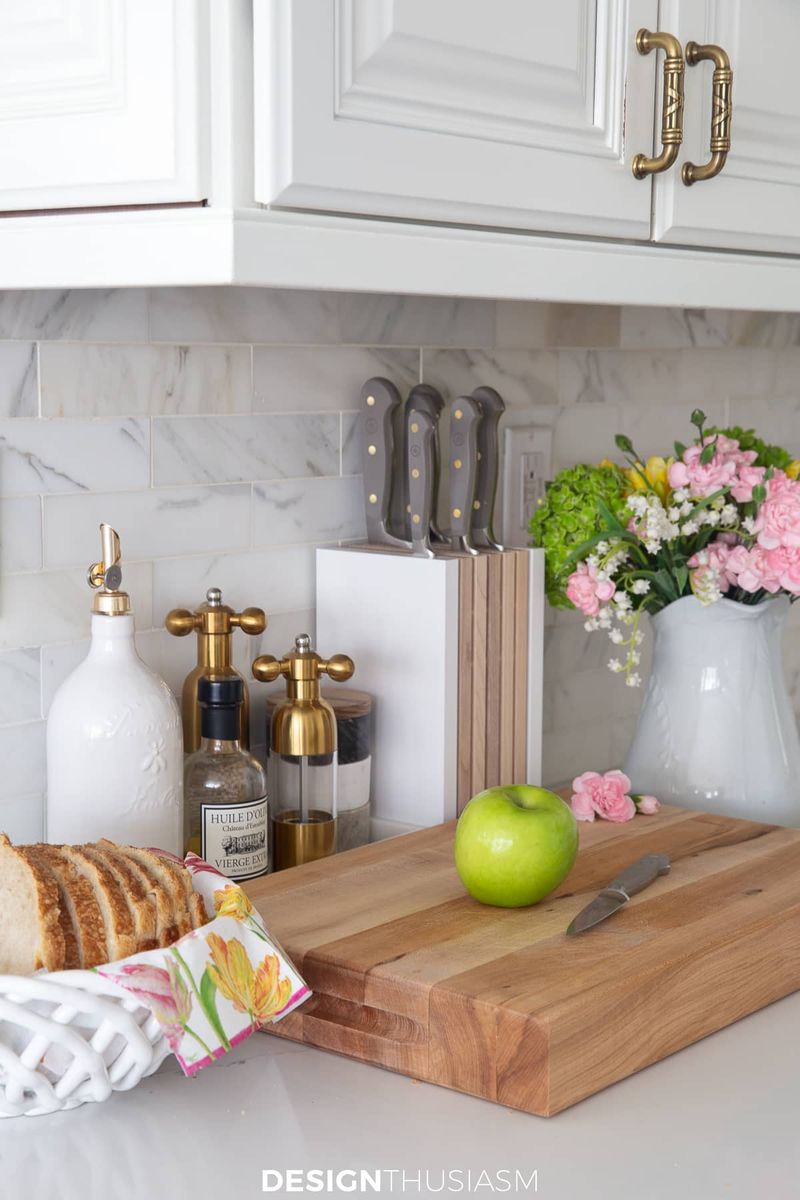
Your countertops are hosting a small appliance convention. Be ruthless—only daily-use items deserve counter space. Coffee maker? Yes. Waffle iron used twice a year? Cabinet banishment!
Group remaining items on trays to create intentional vignettes. The breathing room makes your kitchen look larger and more luxurious. Plus, you’ll actually have space to, you know, prepare food on those counters.
16. The Bathroom Product Explosion
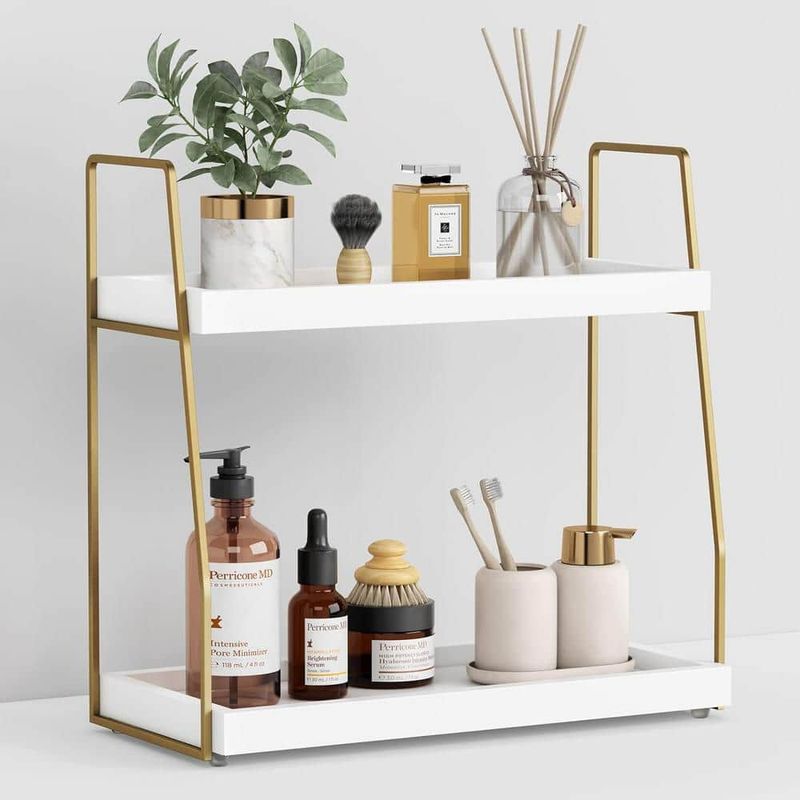
Your bathroom counters and shower are drowning in half-empty bottles. Streamline your routine first—do you really need seven different moisturizers?
Then corral remaining products in pretty containers or baskets. Consider decanting everyday items into matching dispensers. Clear counters and tub edges create an instant spa feeling. Bonus: you’ll actually use what you have before buying more.
17. The Neglected Entryway
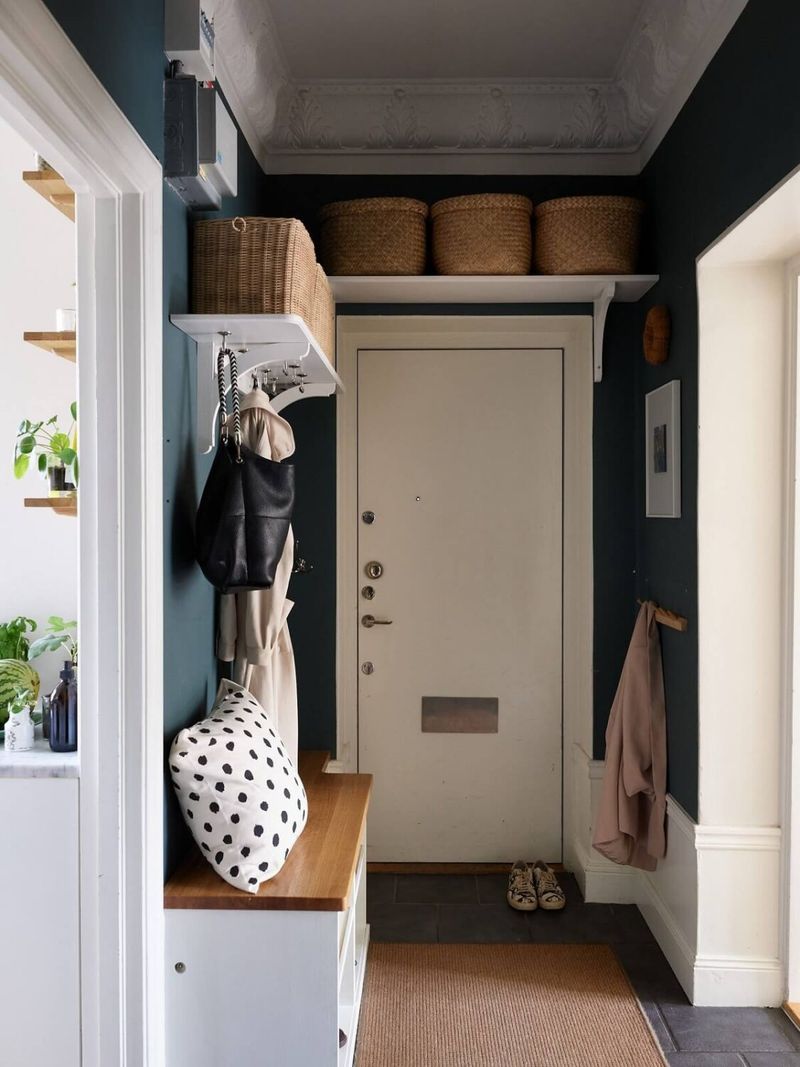
First impressions matter, yet your entryway says “nobody planned this space.” Even tiny entryways deserve attention! Add a slim console table or floating shelf for keys and mail.
Mount hooks or a compact coat rack for everyday items. A small mirror helps with last looks and bounces light around. Include a tray for dropping essentials and a plant for life. Your entrance will finally say “welcome home” instead of “drop zone.”

